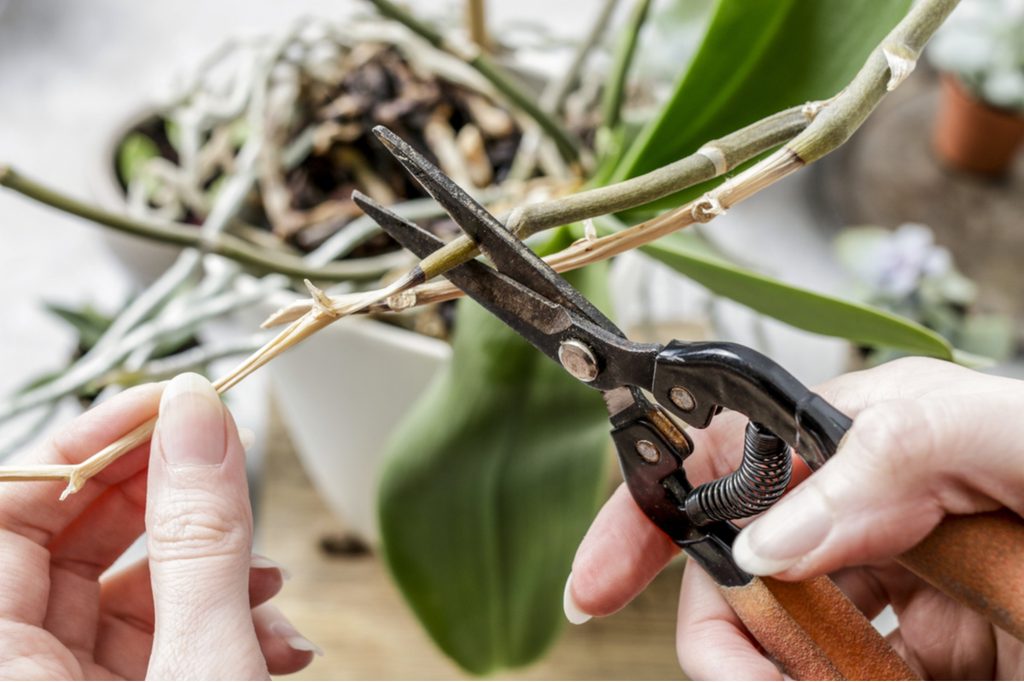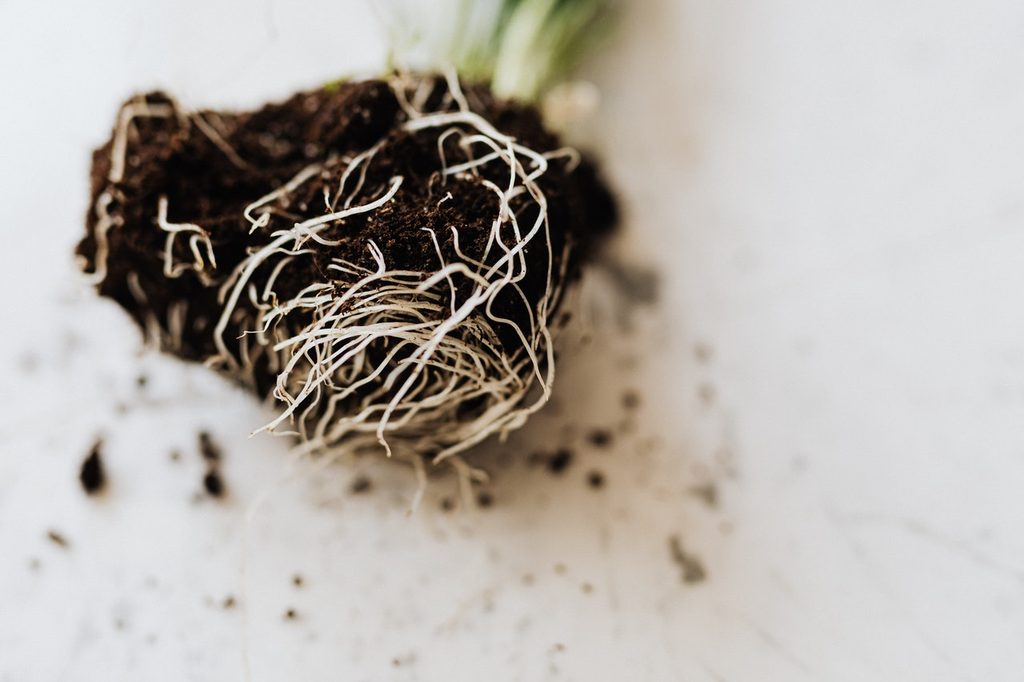
Every gardener wants their plants to be healthy and thriving. There are pests and diseases to look out for, but most of those affect plants above the ground, which makes them somewhat easier to spot, prevent, and treat. What about your plant’s roots, though? Don’t let root rot be out of sight, out of mind! Here is everything you need to know about spotting the signs of root rot.
What is root rot?

Root rot is, as the name suggests, is when the roots of a plant begin to rot and decompose before the plant is dead. There are two main causes of root rot, and although there is some overlap in symptoms and preventative measures, your treatment options may be slightly different.
The first cause of root rot is overly damp soil. Standing water or poor drainage leads to soil that is too wet. Roots sitting in this soil won’t be able to absorb air, essentially drowning. The second cause of root rot is a fungal infection. This begins in a similar manner, since fungi grow in moist soil. However, fungi don’t need the soil to be as moist for as long as it takes for the first cause of root rot.
What are the warning signs?

Of course, a major sign of root rot is if your plant’s roots are rotting. However, unless you have a hydroponic or air garden, there’s a good chance you don’t have an easy way to see your plant’s roots, which unfortunately makes root rot difficult to detect. Often the first signs of root rot you’ll notice are wilting, yellow leaves, squishy or mushy stems, and slower development, sometimes accompanied by a rotten smell coming from the soil. These signs indicate significant damage to the plant, which may be irreversible.
You can keep an eye out for water pooling around your plant, either after heavy rain or due to poor drainage. Look for signs of fungal growth near your plant, as that can be a signal that your soil is too moist and home to fungus spores. If one of your plants shows signs of root rot, it’s best to check any surrounding plants as well.
Preventing root rot

Since root rot is so difficult to spot, it’s especially important to take preventative steps. Before planting your garden, test your soil to see how quickly it drains. If your soil is slow to drain, you can reduce the risk of root rot by planting water-loving plants like irises or scarlet swamp hibiscus. You can add some sand or gravel into the soil to help it drain faster, but be sure to mix it in thoroughly. If you notice water pooling around your plants, you may want to transplant them to a new location.
For potted plants, be sure there are enough drainage holes in the pot and plant them in fresh, unused soil. Avoid overwatering your plant. When you’re picking out seedlings, whether for a container garden or a yard garden, check the plant’s roots before taking them home. The roots should be white or green, although they may look very light brown, because of the dirt. The roots shouldn’t be dark brown or red, and they should smell fresh, not rotting.
Are indoor plants more prone to root rot?
Indoor plants can be more susceptible to root rot for several reasons. First, there is not much sun and wind indoors for water to evaporate quickly. For that reason, your soil will retain water for longer periods of time. If you tend to overwater, it’s best to pick up plants that love that excess water, such as prayer plants and ferns.
However, you can safeguard other houseplants from getting root rot with a few simple steps. For example, you can amend your indoor potting mix with extra perlite and bark to improve drainage. When you’re potting up your plant, be sure to never use a planter that’s too big, or else the roots may receive too much water. And speaking of pots, using terracotta pots instead of plastic ones can also help with wicking excess moisture. And always make sure that no matter which planter you use, it has a drainage hole so that excess water exits your planter.
Treating root rot

If the root rot has taken over a significant portion of the root system, there isn’t much you can do in the way of treatment. In most severe cases of root rot, where the aboveground portion of the plant is already affected by it, the plant cannot recover. However, if you catch the root rot early, there may be some hope.
Firstly, transplant the plant carefully to drier soil. Choose the new location carefully to avoid a repeated incident of root rot. If the root rot was caused by a fungal infection, then a fungicide might help. Gently removing the infected roots can also give your plant a better chance of recovering. Be sure to thoroughly sanitize any tools you use, or else you could spread fungus spores to other plants when you use them next.
Root rot can be devastating for any plant, but with these simple tips, you can stop it from taking over your garden. It may seem like it’s just rotten luck, but knowing that root rot is caused by overly moist soil can help you be mindful of your plant care techniques. Preventing root rot is much easier than treating it, but don’t give up! Catch it early and you may save your plants.


